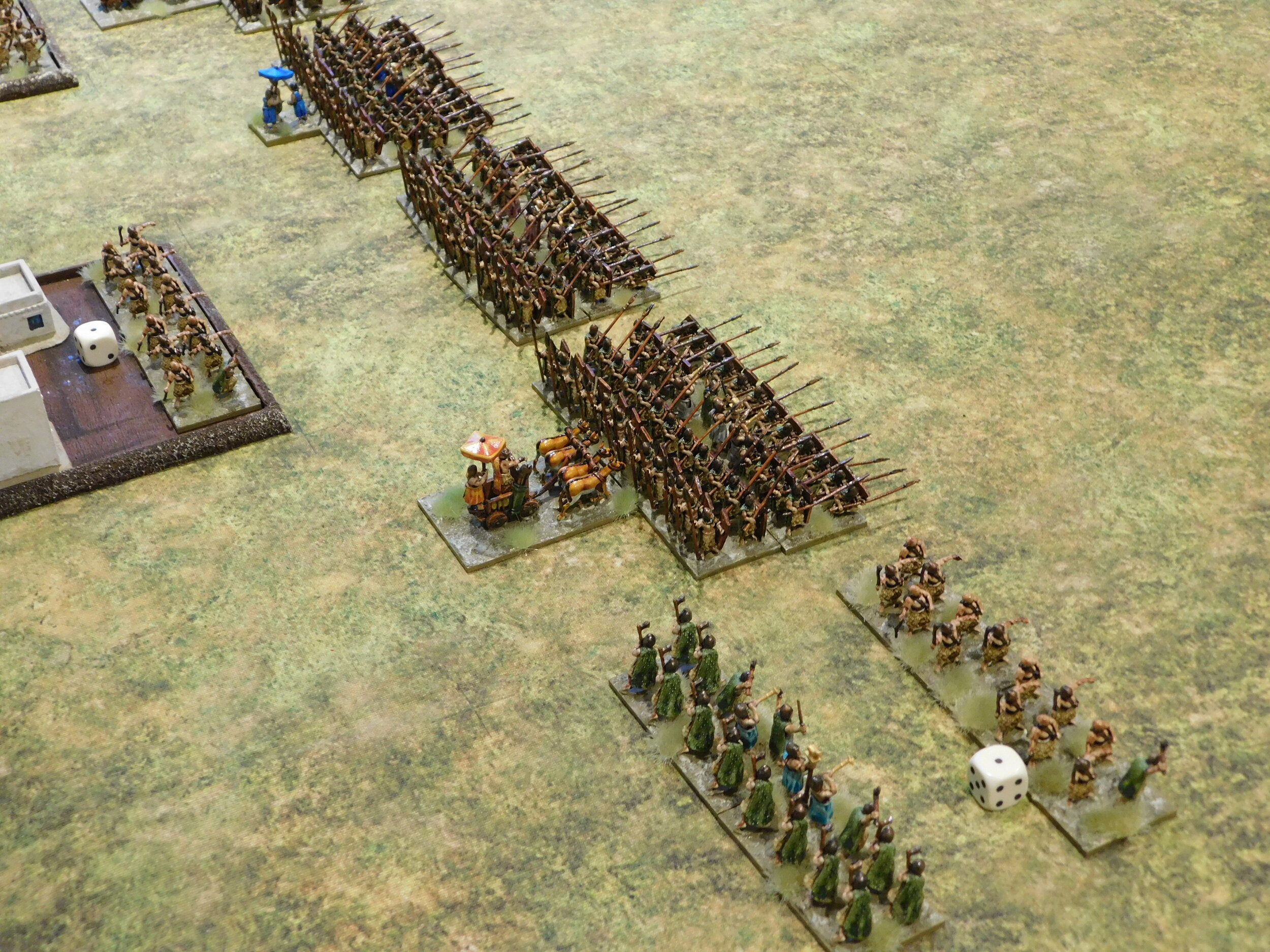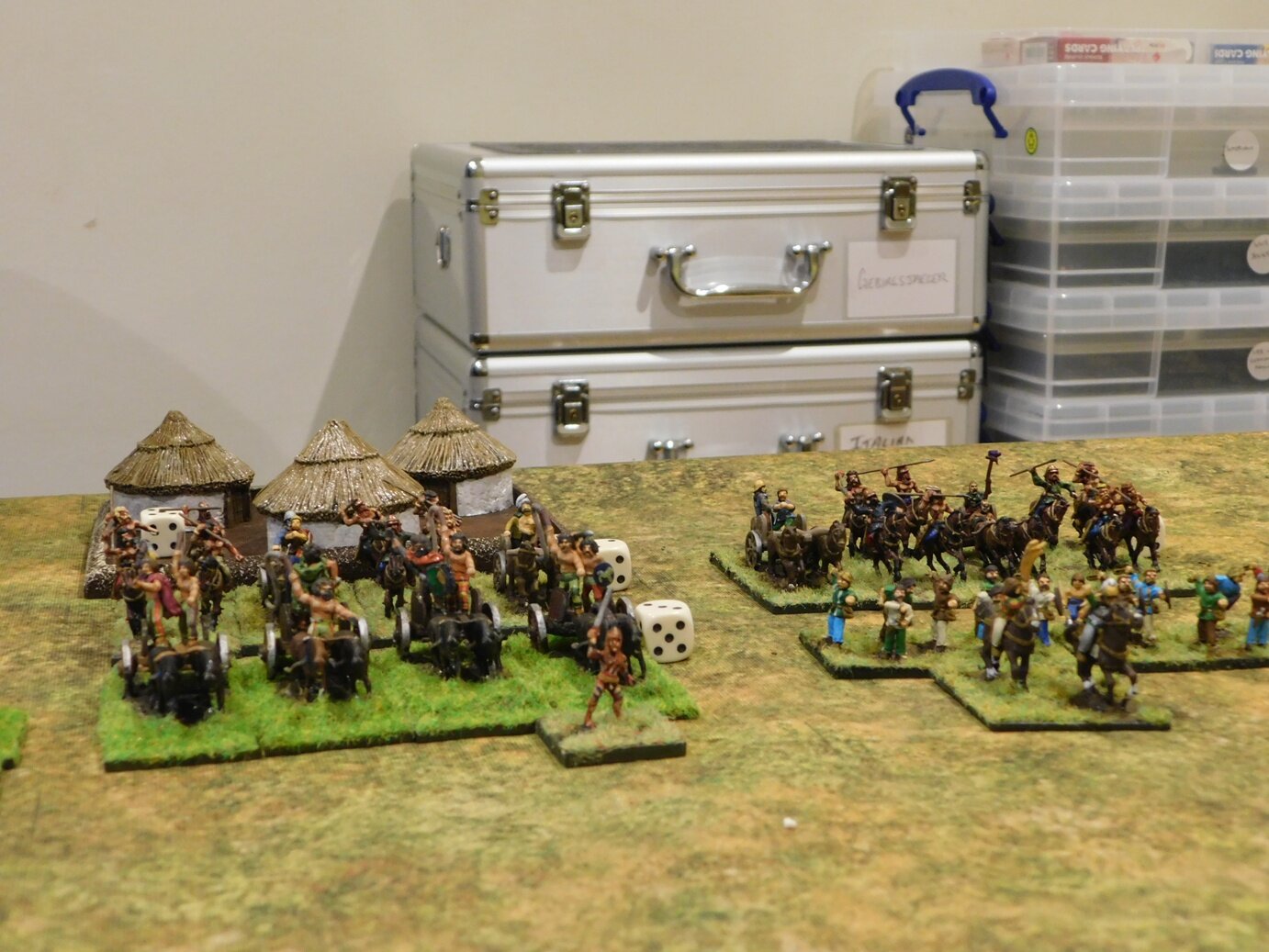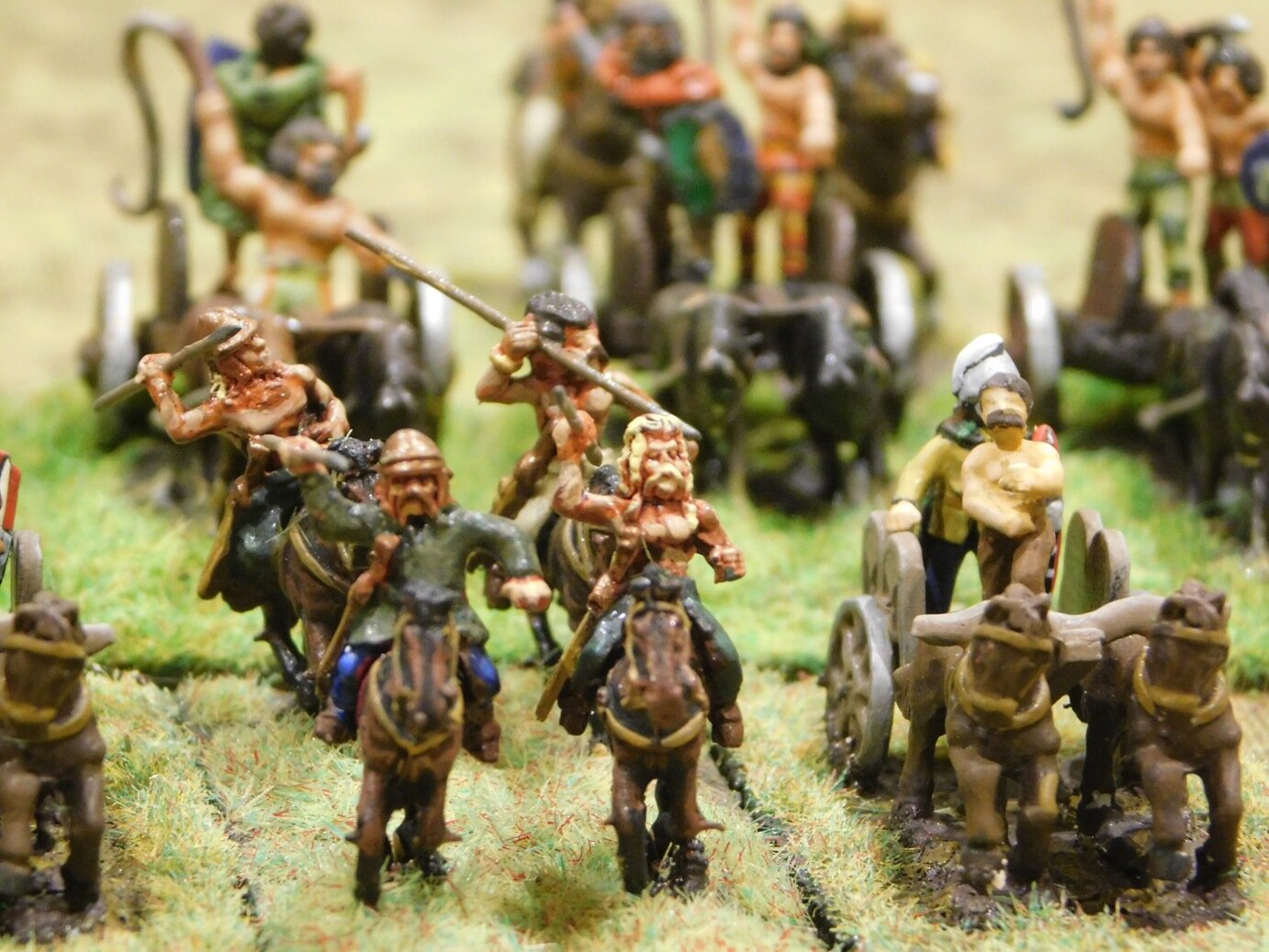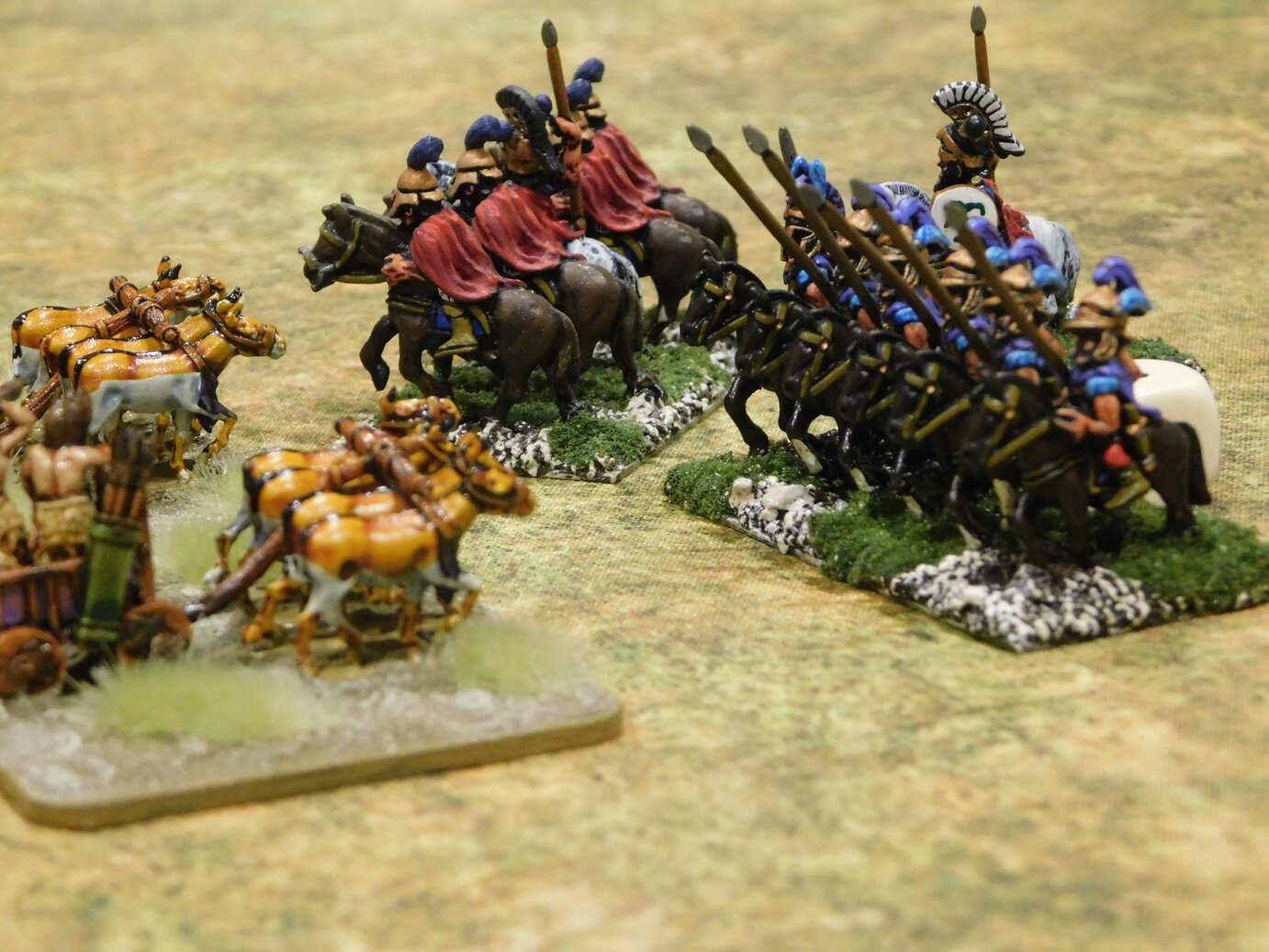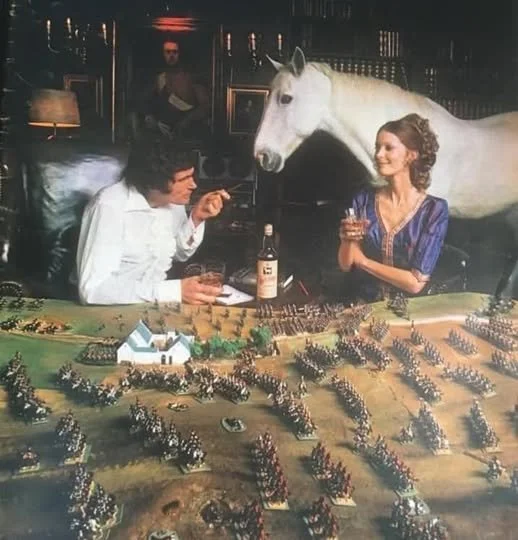Sons of the Scorpion!
/Here’s a bit of my painting left over from last year’s scramble to get over the 2,000 points mark for the 2019 Painting Challenge: some 15mm Sons of the Scorpion from Splintered Light Miniatures.
The figures come in three parts: the scorpion body, the scorpion tail, and the human body. They glue together really easily: the tail is provided with a pin that neatly fits into a hole in the back of the scorpion body; and the human body sits in a little cup at the front of the scorpion body. Both bits show that someone has actually thought about how the average model maker is going to build this figure.
The figures are painted for the most part using GW Contrast Paints. One coat of Wyrdwood for the main scorpion body, then one cost of Darkoath Flesh for the human bit. Really very simple indeed and look really good.
The Sons of the Scorpion figures are part of a large collection of fantasy Egyptian figures available from Splintered Light, including: Sons of Anubis (Jackal-headed); Sons of Horus (da Bird!); and the Sons of the Scarab (dung beetle humainoid types). I must confess that do rather fancy a Sons of Anubis army to fight my “normal” Egyptians…a few other projects to finish first though!




